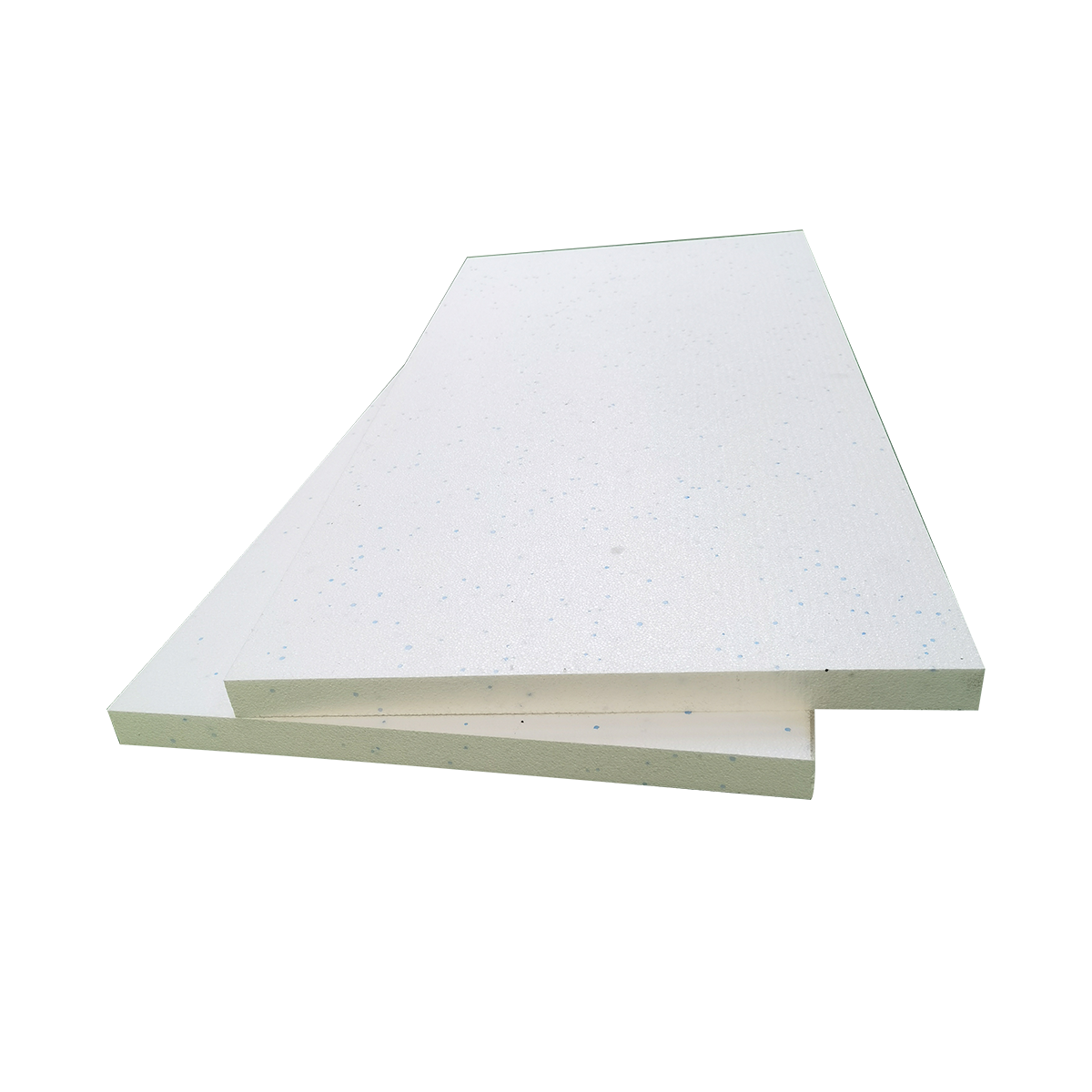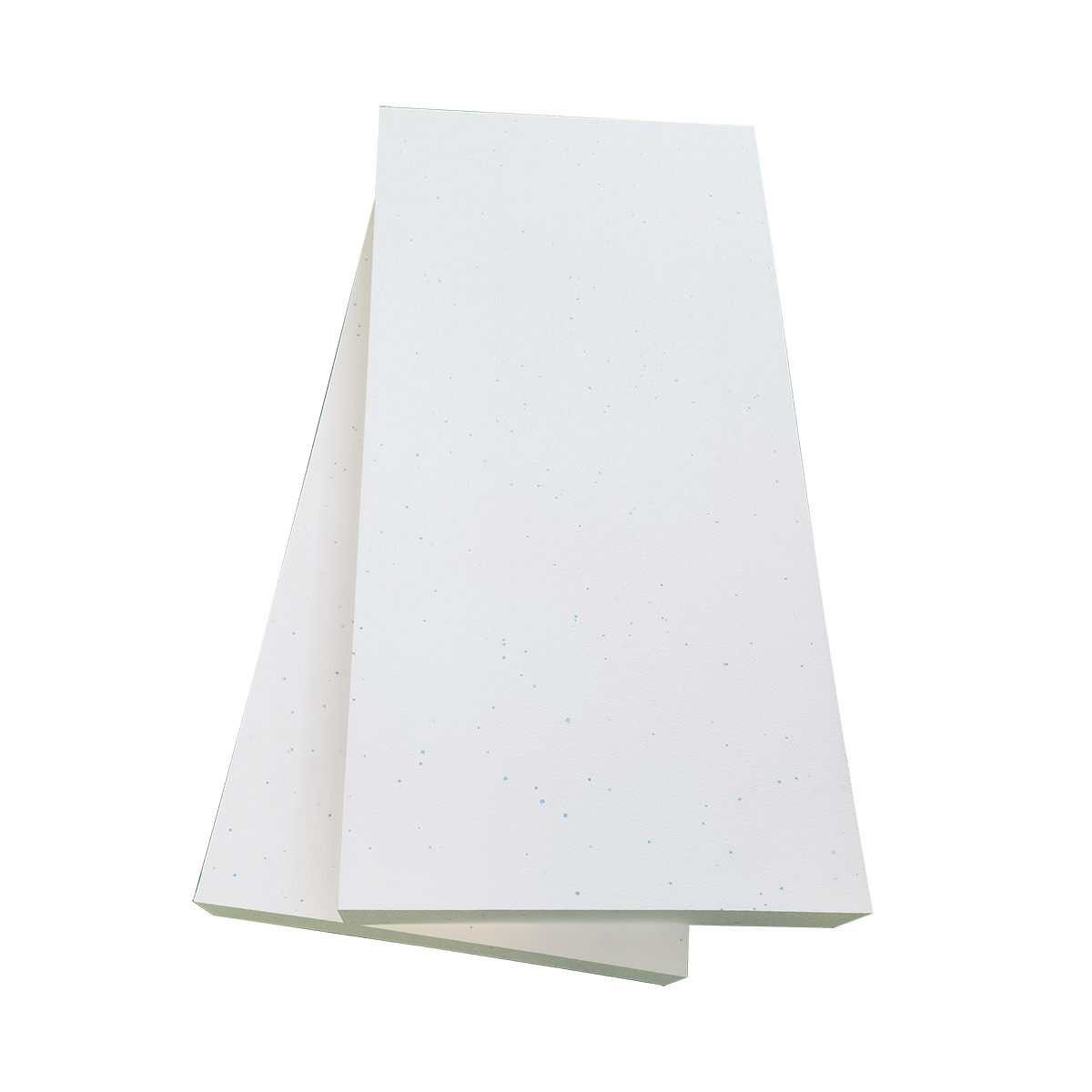
Polystyrene board
Keywords:
Classification:
Detail
**Polystyrene Board**
Polystyrene board, a versatile material widely used in construction, packaging, and insulation, has gained significant attention due to its unique properties and applications. This article delves into the characteristics, advantages, and various uses of polystyrene boards, highlighting their importance in different industries.
**What is Polystyrene?**
Polystyrene is a synthetic aromatic hydrocarbon polymer made from the monomer styrene. It is a lightweight and rigid material that can be found in two main forms: solid polystyrene and expanded polystyrene (EPS). Solid polystyrene is commonly used for making items like disposable cutlery and CD cases, while EPS, known for its insulating properties, is predominantly used in construction and packaging.
**Properties of Polystyrene Board**
Polystyrene boards possess several properties that make them ideal for a wide range of applications. One of the most notable characteristics is their lightweight nature, which facilitates easy handling and installation. Additionally, polystyrene boards exhibit excellent thermal insulation properties, making them highly effective in maintaining temperature and reducing energy costs.
Moreover, polystyrene is resistant to moisture, chemicals, and UV radiation, which contributes to its durability and longevity. This resistance makes polystyrene boards suitable for both indoor and outdoor applications. Furthermore, polystyrene can be easily molded and shaped, allowing for customization to meet specific project requirements.
**Advantages of Using Polystyrene Board**
The use of polystyrene boards offers numerous advantages across various sectors. Firstly, their lightweight nature reduces transportation costs and simplifies the installation process. This is particularly beneficial in construction, where labor and material costs can significantly impact overall project expenses.
Secondly, polystyrene boards provide excellent thermal insulation, which is crucial in energy-efficient building designs. By minimizing heat transfer, they help maintain comfortable indoor temperatures, ultimately leading to lower heating and cooling expenses. This energy efficiency aligns with global sustainability goals, making polystyrene a preferred choice in green building practices.
Additionally, polystyrene boards are cost-effective. Their affordability compared to other insulation materials makes them an attractive option for both residential and commercial projects. The ease of installation also translates to reduced labor costs, further enhancing their economic viability.
**Applications of Polystyrene Board**
The applications of polystyrene boards are vast and varied. In the construction industry, they are commonly used as insulation in walls, roofs, and foundations. Their thermal properties help in creating energy-efficient buildings, contributing to reduced energy consumption and lower utility bills.
In packaging, polystyrene boards are employed to protect fragile items during transportation. Their lightweight and shock-absorbing qualities make them ideal for packaging electronics, glassware, and other delicate products. The ability to mold polystyrene into custom shapes ensures that products are securely held in place, minimizing the risk of damage.
Moreover, polystyrene boards are utilized in the manufacturing of signs and displays. Their smooth surface allows for high-quality printing, making them suitable for promotional materials and advertising. The versatility of polystyrene enables it to be cut, shaped, and painted, offering endless possibilities for creative designs.
In the realm of arts and crafts, polystyrene boards serve as a popular medium for various projects. They can be easily carved, painted, and glued, making them ideal for creating models, sculptures, and decorative items. The lightweight nature of the material allows for easy manipulation, making it a favorite among hobbyists and artists alike.
**Environmental Considerations**
While polystyrene boards offer numerous benefits, it is essential to address the environmental concerns associated with their production and disposal. Polystyrene is derived from petroleum, a non-renewable resource, raising questions about its sustainability. Additionally, polystyrene is not biodegradable, leading to concerns about plastic waste in landfills and oceans.
To mitigate these issues, efforts are being made to improve recycling processes for polystyrene products. Many regions have implemented recycling programs specifically for EPS, allowing it to be repurposed into new products. Additionally, research is ongoing to develop biodegradable alternatives to traditional polystyrene, aiming to reduce the environmental impact of this material.
**Conclusion**
In conclusion, polystyrene boards are an invaluable resource in various industries, offering numerous advantages such as lightweight construction, excellent thermal insulation, and cost-effectiveness. Their versatility allows for a wide range of applications, from construction and packaging to arts and crafts.
However, it is crucial to consider the environmental implications of polystyrene use and work towards sustainable solutions. As technology advances, the potential for recycling and developing eco-friendly alternatives will continue to grow, ensuring that polystyrene remains a relevant and responsible choice in the future. The continued exploration of polystyrene’s properties and applications will undoubtedly reveal even more innovative uses, solidifying its place in modern industry.
Feedback
More Prodcut







